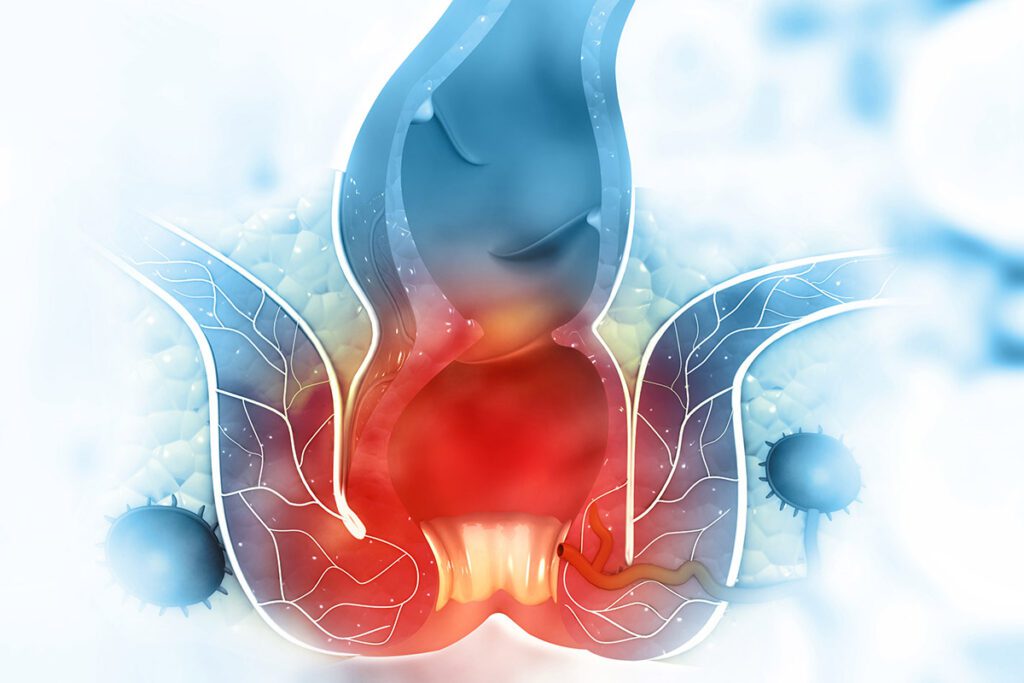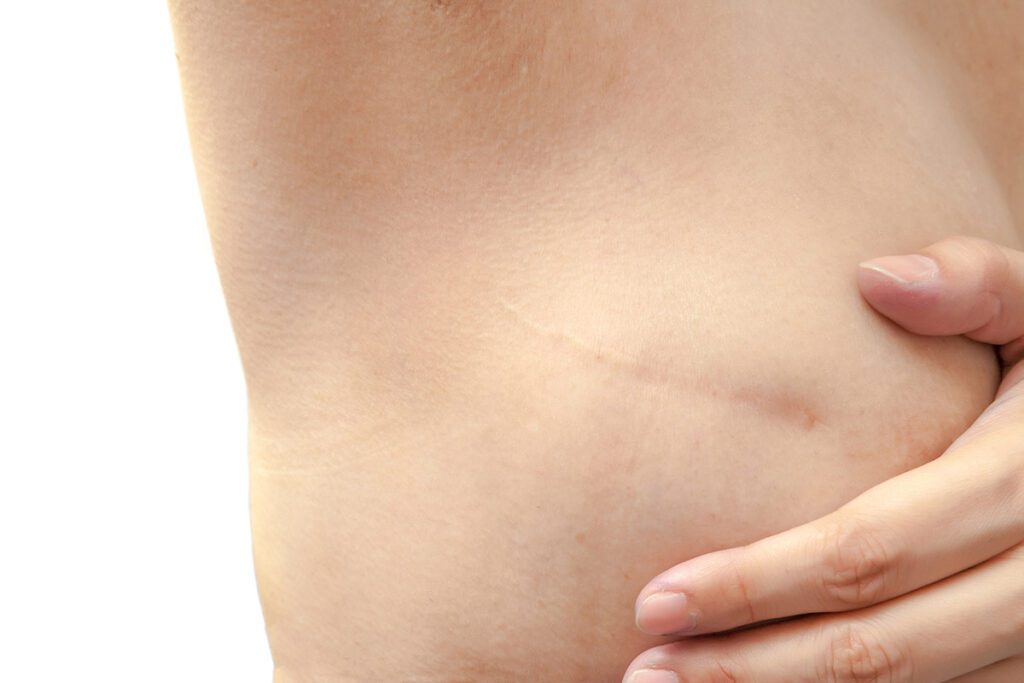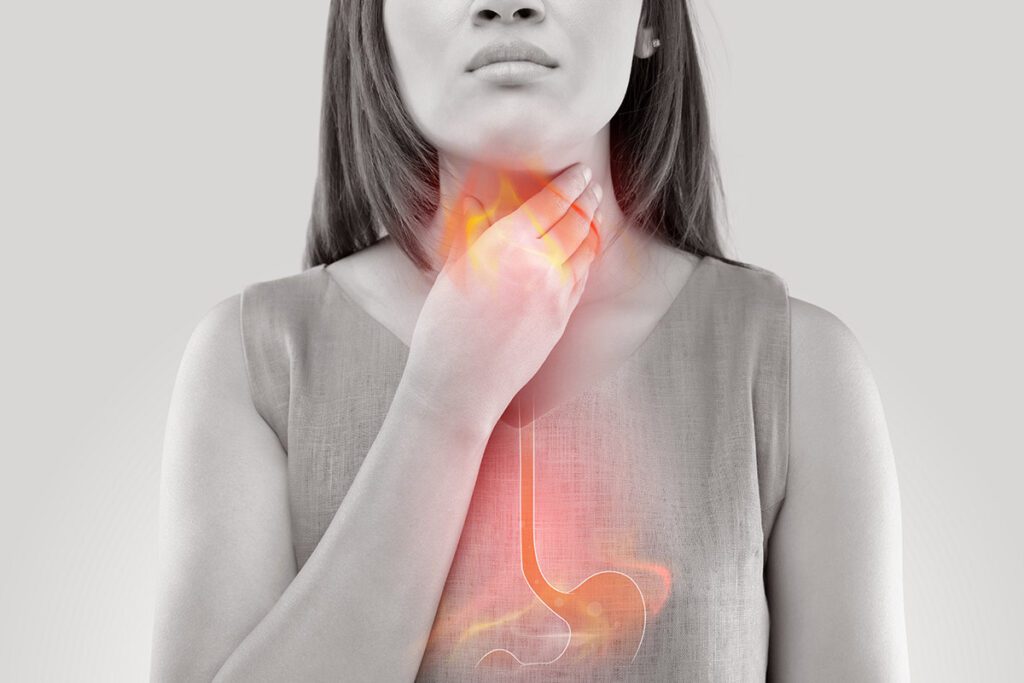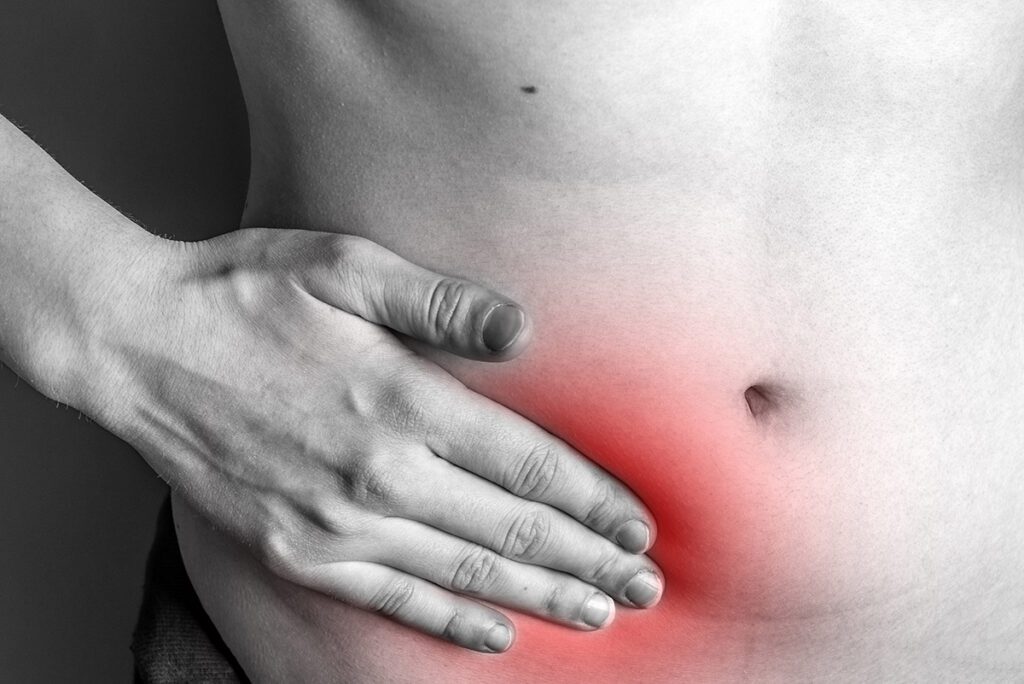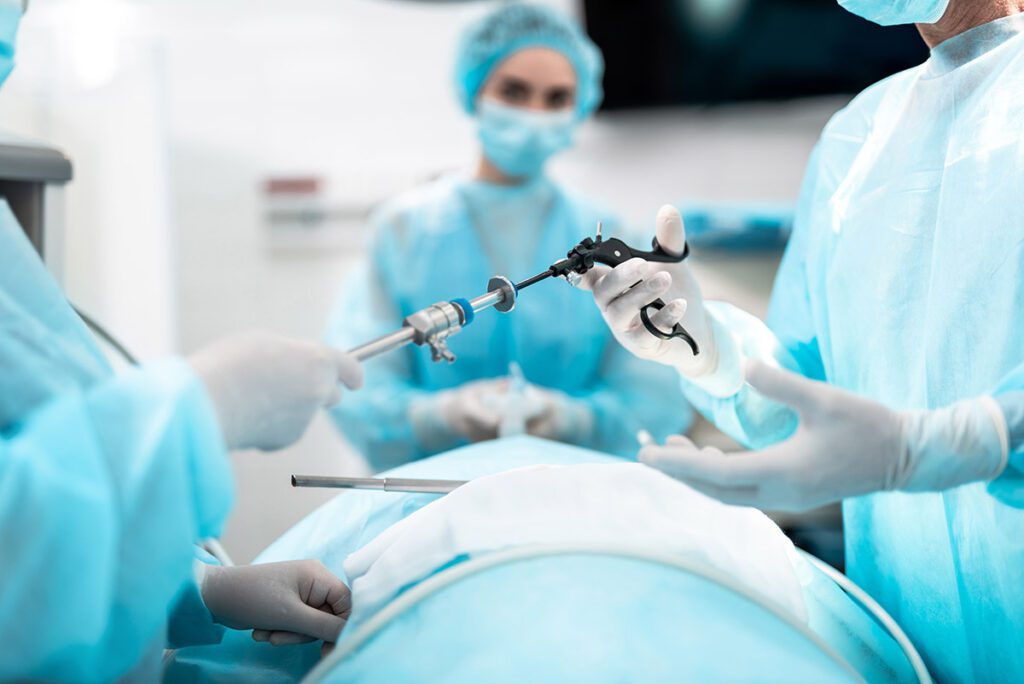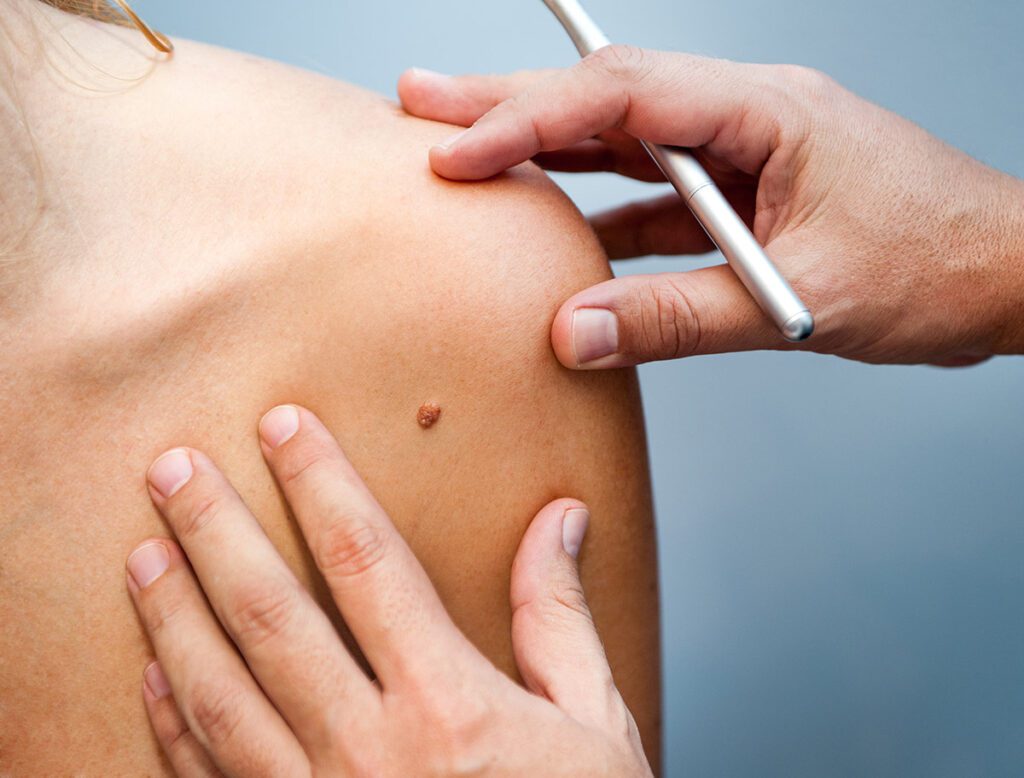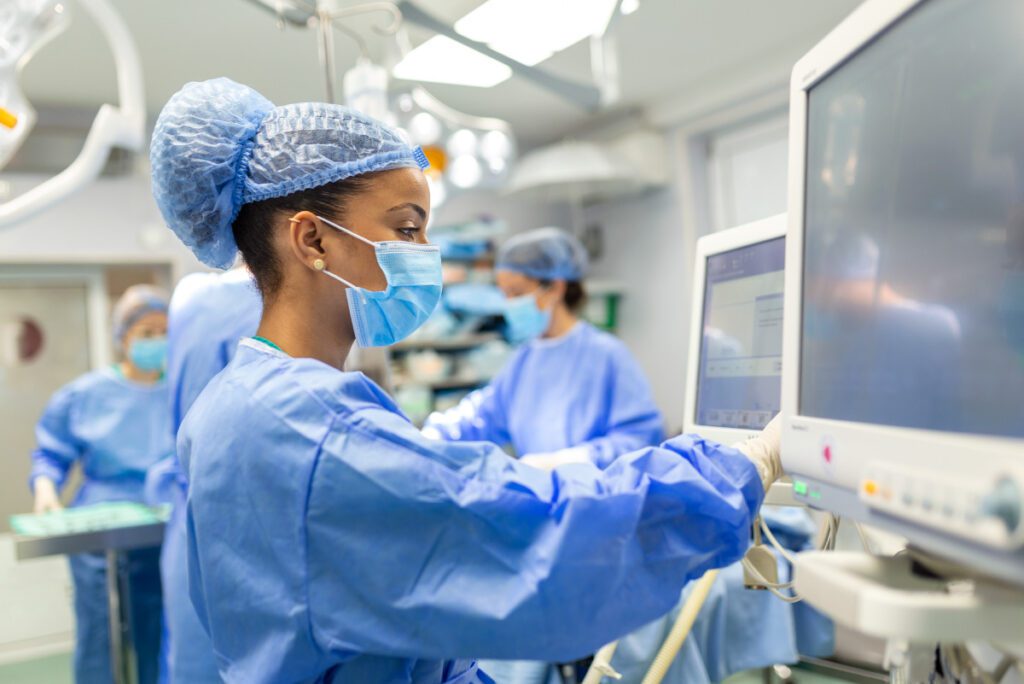Colorectal Conditions
Colorectal conditions can include many disorders and diseases that affect the colon and rectum. The conditions that fall under colorectal disorders can be caused by an array of factors, ranging from genetics to lifestyle and infection. The symptoms can vary depending on the specific condition, and detection often requires examination rather than the symptoms themselves.
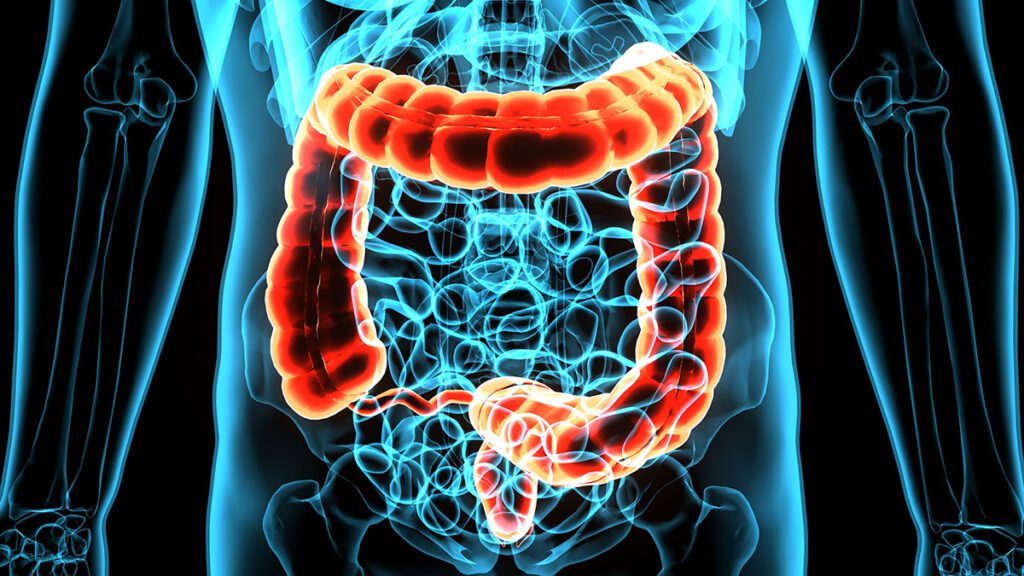

The Colorectal Area
The colon and rectum are both part of the large intestine, and each serve specific functions in the digestive process. The colon absorbs water from digested food so it can be used throughout the body, and it processes the food to expel waste. The rectum is the final part of the large intestine and temporarily stores the waste before being emptied through the anal canal, or anus.
Together, the colon and rectum make up the large intestine and conditions that affect this area can be referred to as colorectal or intestinal disorders. Many of these conditions are quite common, such as chronic constipation, and are easily treatable. Other ailments that fall under colorectal disorders can be life-threatening, such as colon or anal cancer.
Colorectal Diagnostics
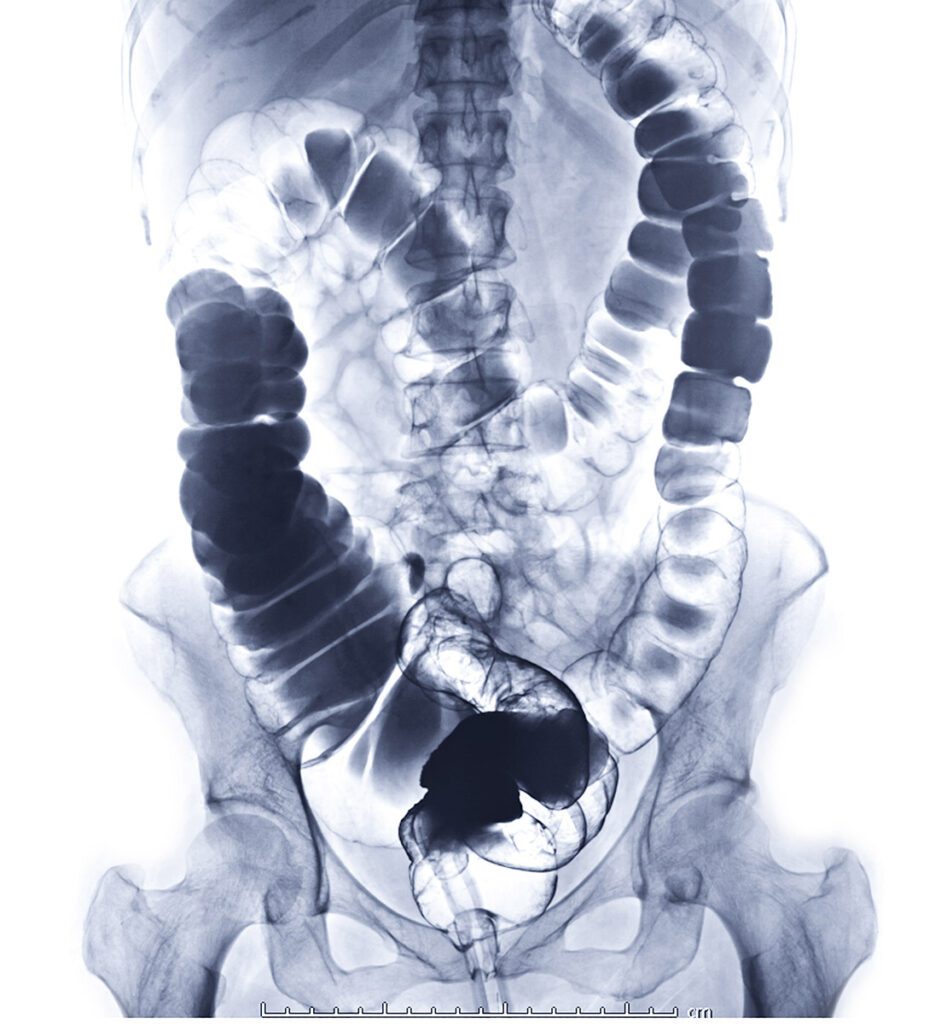

To diagnose or discover colorectal disorders, doctors have a variety of techniques and tests at their discretion:
- Anal manometry: used to evaluate how well the muscles in the anus and rectum are working. The test is to diagnose fecal incontinence and chronic constipation.
- Capsule endoscopy: using a tiny camera placed inside a pill-size capsule and swallowed, it will take pictures of the gastrointestinal tract and transmitted to a device worn around the waist.
- Colonoscopy: using a camera attached to a thin and flexible tube (colonoscope), the tool is inserted into the anus so the doctor can see inside the colon and rectum to detect any abnormalities.
- Endoscopic ultrasound: a procedure that combines an endoscopy with an ultrasound to capture high quality images of the digestive tract. This is primarily used to diagnose colon cancer.
- Sigmoidoscopy or flexible sigmoidoscopy: a diagnostic procedure that is similar to a colonoscopy. Using a colonoscope with a camera attached at the end, the doctor looks at the last portion of the colon that is closest to the rectum to check for any abnormalities.
Colorectal Diseases and Conditions
There is a wide range of conditions and diseases that affect the colon and rectum, two of the most common diseases are:
Rectal/colon cancer
While both of these cancers can be referred to as colorectal cancer, the difference between the two is where they begin. Rectal cancer begins in the rectum and colon cancer starts in the colon. The majority of this type of cancer develops from a precancerous polyp, which arise from cellular mutations and begin to spread.
Diverticulitis
Pockets or small pouches, called diverticula, which develop in the sigmoid (lower) colon. While most people don’t notice this development, some may experience problems relating to it, such as lower gastrointestinal bleeding, inflammation, and infection of the diverticula. The infection is specifically diverticulitis.
Other colorectal disorders include:
- Anal Abscess/Fistula
- Anal Warts
- Crohn’s Disease
- Anal Fissure
- Hemorrhoids
- Ostomy
- Pilonidal Disease
- Pruritus Ani
- Rectal Prolapse
- Ulcerative Colitis
Schedule an Appointment
Proliance Surgical Specialists of Edmonds takes pride in the level of comfort and care we provide the community. If you would like to make an appointment and discuss your health, we encourage you to reach out.

